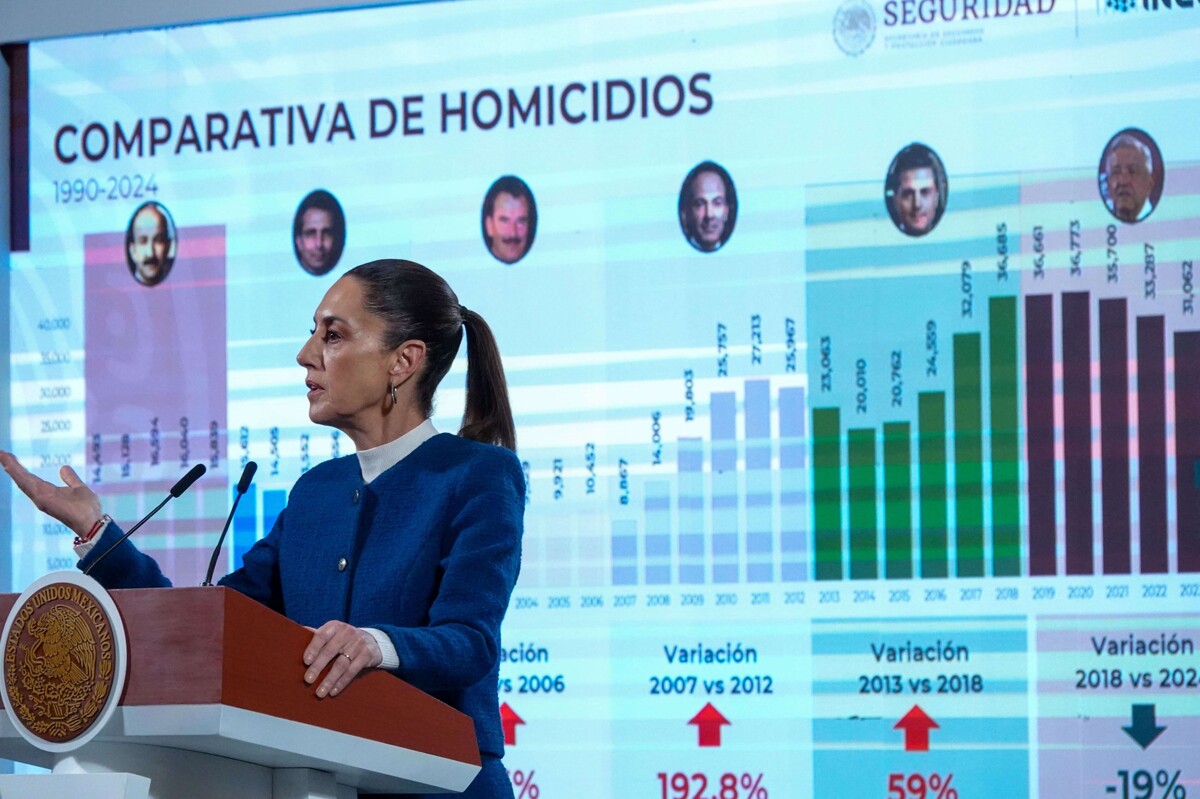
Last week was the scene of various tragic events in different parts of Mexico. On one hand, Fernando Coria Jiménez was executed, becoming a political symbol, while his federal right-hand man was identified as Secretary Omar García Harfuch, who leads an offensive against criminals. In a parallel event, Constantino Soriano Mendoza was murdered and several people were injured, including at least one minor.
In Mexico City, one person died in an attack on a mechanical workshop in the Narvarte neighborhood, and in Atizapán, State of Mexico, a Dutch citizen, wanted by international justice, was executed. Additionally, in a tragic incident, Sofía Raygoza was found dead in a car in Villanueva, Zacatecas, showing signs of violence, which shocked her relatives.
These events, along with other daily crimes, impact the narrative of the Mexican government, which this week reported a 12% decrease in homicides. President Claudia Sheinbaum seeks to position her four-pillar security strategy as effective, defending that the results are tangible and already underway, trying to avoid heated debates and criticism.
On the other hand, chilling cases have been reported, such as the murder of three children in Guerrero, as well as the death of a bodyguard during a parade in Villa de Álvarez, Colima. There is a perception that the government is adopting a tougher stance, leaving containment measures behind. Sheinbaum is expected to present arrests and operations as progress in the fight against violence, trying to change the idea that Mexico, even with Morena in power, is experiencing bloody times.
However, this strategy could lead to unintended consequences from a democratic perspective. The rivalry to show decreases in homicides could alienate victims and increase a punitive approach, with mass detentions and human rights violations to demonstrate action. Furthermore, there is the risk of a closed government that does not address issues like extortion or disappearances, raising doubts about true justice in the country.














